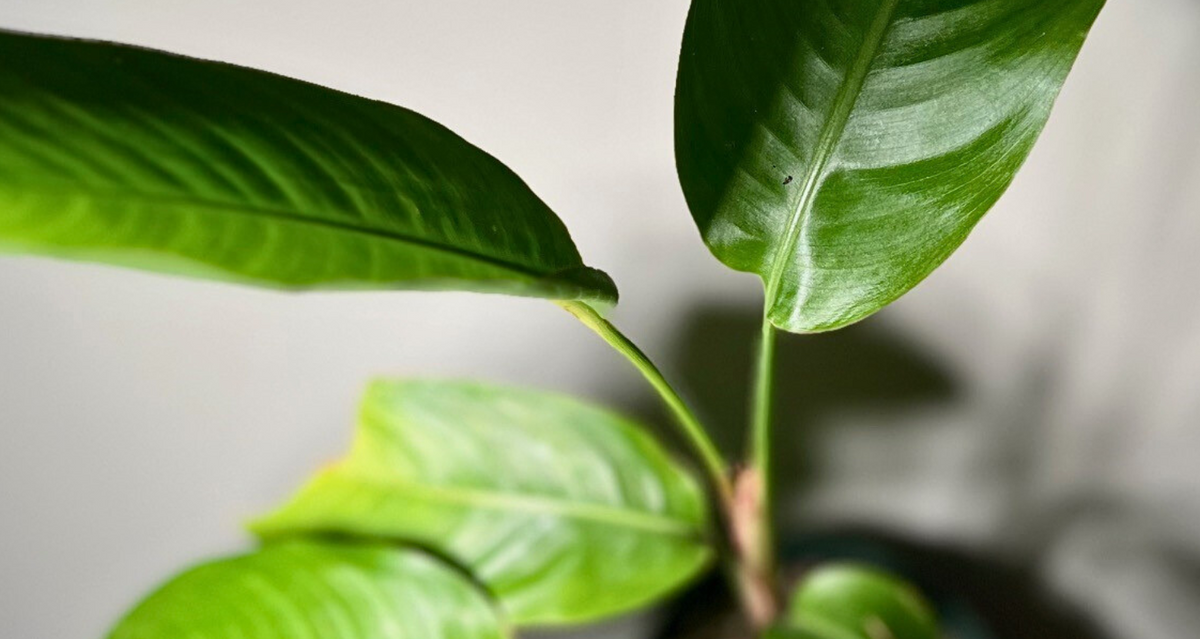
Navigating Transplant Shock in Plants: Causes, Symptoms, and Treatment
|
Time to read 4 min
|
Time to read 4 min
Transplanting or repotting your plants can be an exciting venture, but it often comes with the risk of transplant shock (or plant shock). Understanding what transplant shock is, its causes, symptoms, and most importantly, how to prevent and treat it, is crucial for ensuring your green babies thrive in their new homes. So buckle up, because school is now in session!
If you suspect your plant has transplant shock, the final section of the blog outlines an easy 5-Step Guide for Treating Transplant Shock.
Transplant shock (or plant shock) is a stress response that plants undergo when abruptly moved from one environment to another. Whether you're repotting, moving plants indoors/outdoors, or transplanting from nursery pots to garden beds, the abrupt shift can upset the balance of the plant.
Root Disturbance: Upsetting the roots during repotting or transplanting can hinder their ability to absorb nutrients.
Environmental Changes: Drastic variations in light, temperature, and humidity can trigger plant shock.
Improper Handling: Rough treatment during the transplant process can damage delicate stems and leaves.
Soil Discrepancies: Differences in soil composition between the old and new environment can stress the plant.
But don't worry, we are here to help you fix your plant
The duration of transplant shock varies depending on the plant type, its overall health, and how well it adapts to the new conditions. In most cases, the shock is temporary, and with proper plant care, plants usually recover within a few weeks.
Do you think your plant has transplant shock? Scroll down and read our 5-Step Guide to Treating Transplant Shock
SYMPTOMS OF TRANSPLANT SHOCK:
Wilting: The plant may exhibit wilting even if the soil is moist.
Leaf Drop: Shedding leaves is a common sign of stress.
Stunted Growth: Growth may slow down or temporarily halt.
Discoloration: Leaves might change color, indicating nutrient uptake issues.
EFFECTIVE TREATMENT:
Maintain Adequate Moisture: Ensure the soil stays consistently damp but not saturated. Using a well-balanced soil mix can enhance drainage and keep moisture levels optimal, helping to avoid overwatering—a common problem following plant shock.
Provide Shade: Shield the plant from direct sunlight during the initial days post-transplant.
Use Rooting Hormones: Stimulate root growth with the application of rooting hormones.
Pruning: Trim damaged or stressed foliage to reduce the burden on the plant.
This Parrot Heliconia houseplant underwent root separation, leading to significant stress, and subsequently got transplant shock.
PREVENTING TRANSPLANT SHOCK:
Prepare the New Site: Ensure the new location mimics the old one in terms of light, temperature, and humidity.
Handle with Care: Be gentle during the transplanting process, minimizing root disturbance.
Watering: Water the plant according to the previous substrate’s conditions. If the plant was in moist soil before transplant, let it dry out slightly after the transplant, but if the substrate was dry, water immediately after transplant. Avoid overwatering by continuing to hydrate the plant when required.
Soil Consistency: Use a well-draining soil mix similar to the plant's current environment.
While transplant shock is a common challenge in plant care, armed with knowledge and proactive measures, you can significantly minimize its impact. By understanding the causes, recognizing symptoms, and implementing preventative strategies, you'll ensure a smoother transition for your plants. Remember, a little extra care during the transplanting process goes a long way in helping your plants thrive in their new environment.
Follow our Transplant Shock Guide to help treat your plant
Step 1: Water Your Plant
Give the plant a thorough watering and keep the soil consistently moist after transplanting. Repotting your plant in good soil that has good aeration and drainage will help reduce the risk of root rot.
Step 2: Provide Shade and Protection
Shield the plant from direct sunlight and extreme weather conditions for the first few days. Consider using temporary shade or covers to reduce stress. Avoid using grow lights for 6-8 hours, and opt for 4 hours instead.
Step 3: Prune Leaves
This is an extremely important step! Prune any wilted or stressed foliage to encourage new growth and reduce strain on the plant.
Step 4: Maintain a Supportive Environment
Ensure the plant is in a stable and supportive environment. Use a well-balanced soil mix that promotes good drainage. Keep the soil consistently moist but not overly wet. Avoid overwatering the plant by watering just slightly more than you would normally. Don't forget to increase humidity if the plant is coming from a high-humidity environment.
Step 4: Gradual Acclimation
Now that you've done most of the heavy work, it's time to slowly start to acclimate it to its new environment. You can do this by slowly starting to increase exposure to light or decreasing humidity levels over time. This helps the plant adjust to changes more smoothly.
Treating transplant shock requires patience. Your plant may not be as pretty as when you got it, but with patience and a little work, your plant will be back to growing and flourishing in no time
Follow us on Instagram, Tiktok, or Facebook at @birdysplants or subscribe to our newsletter


